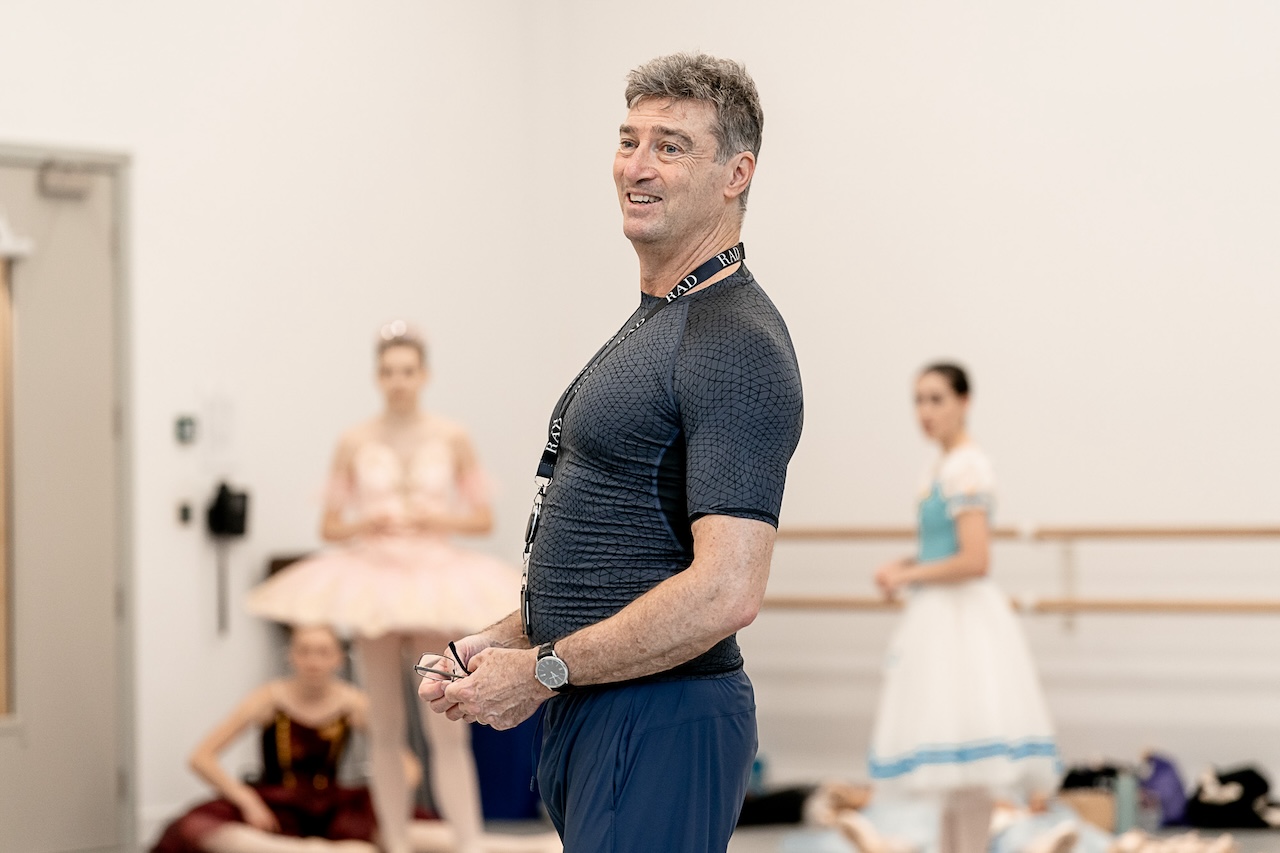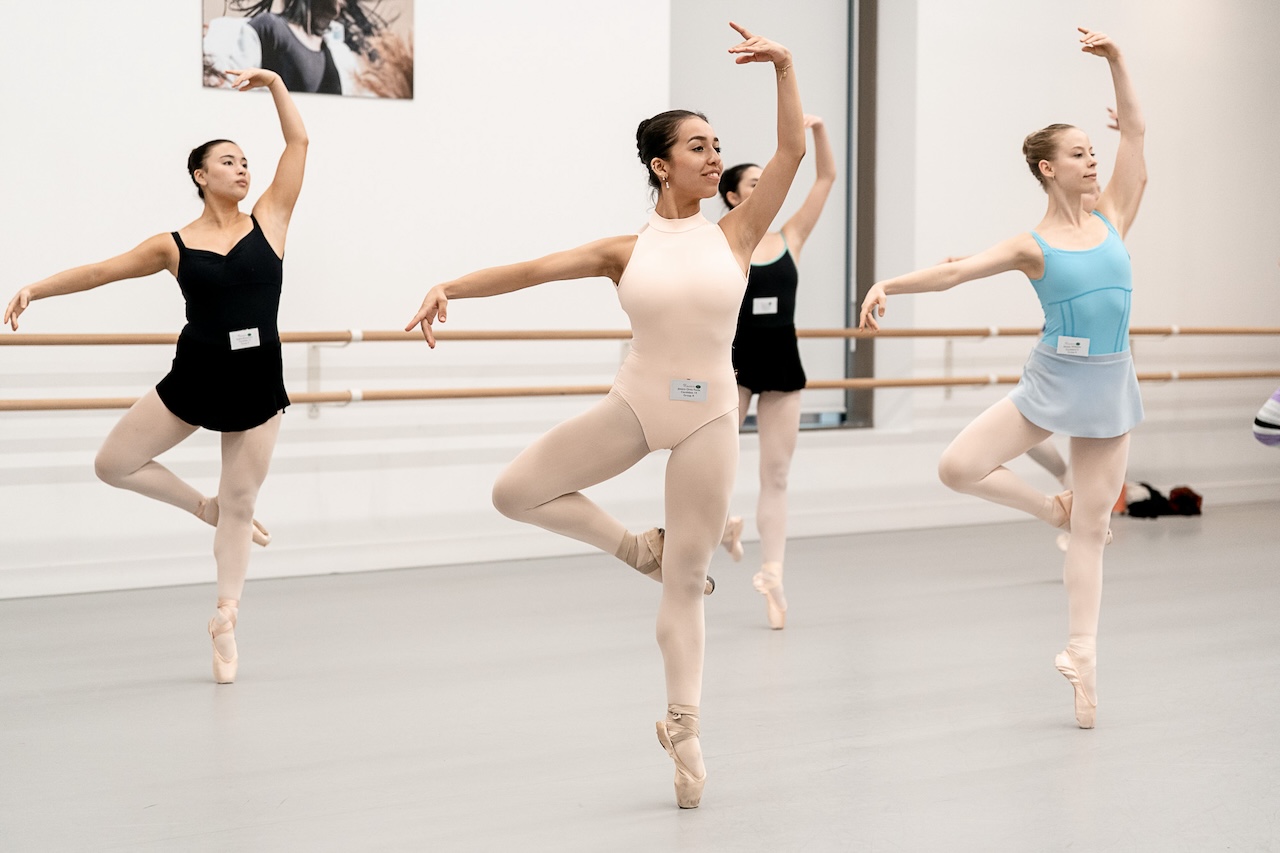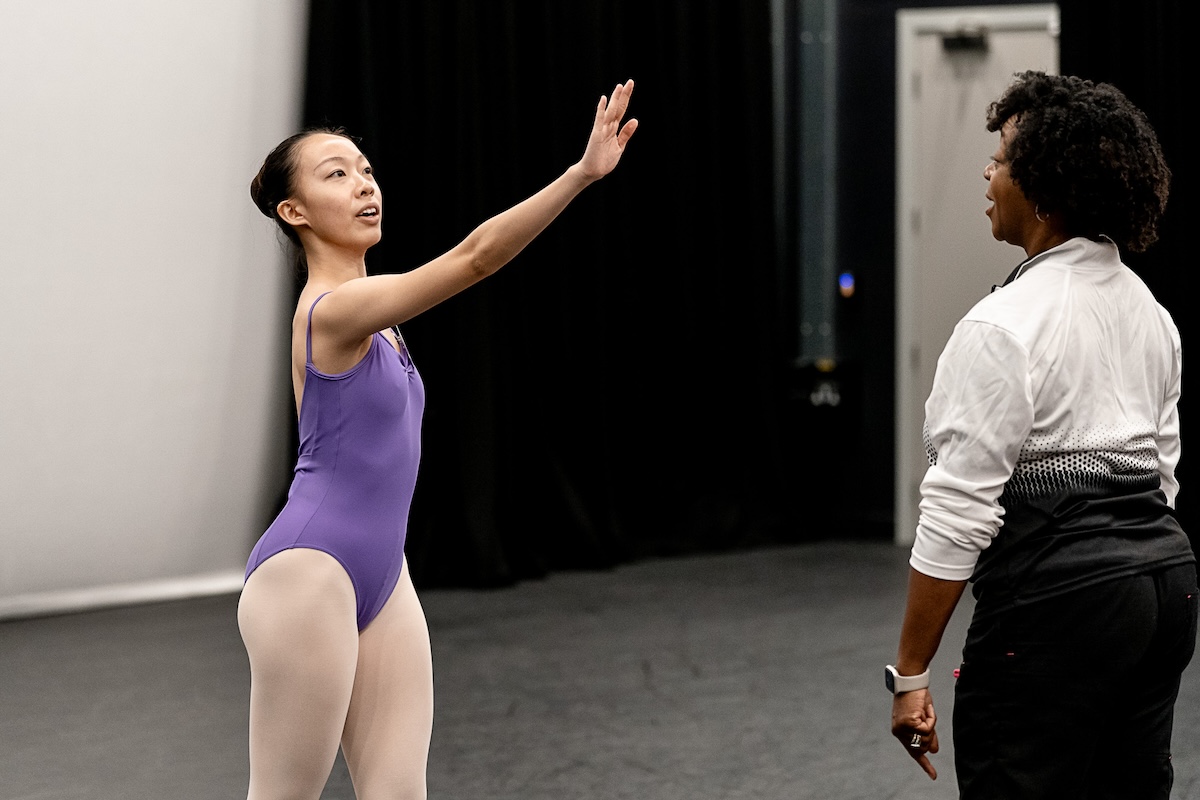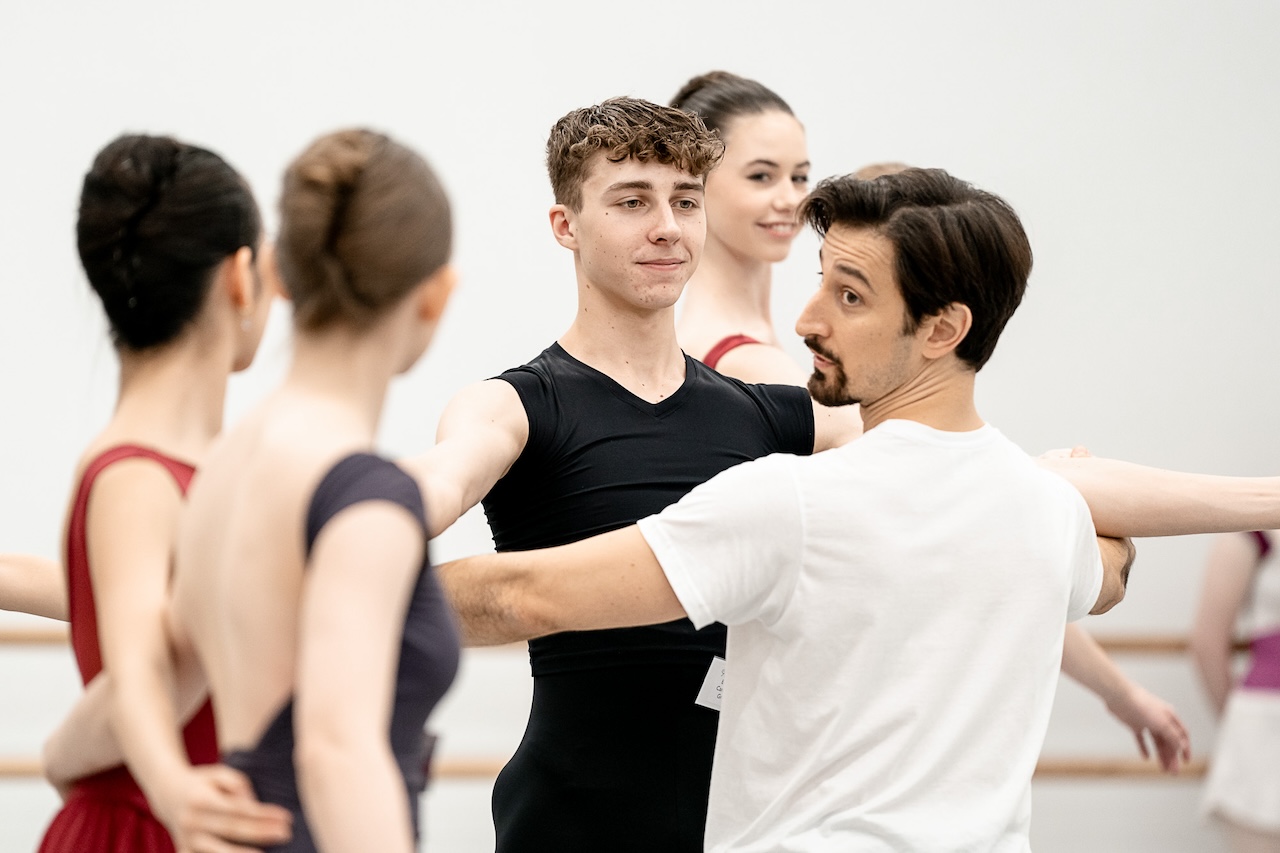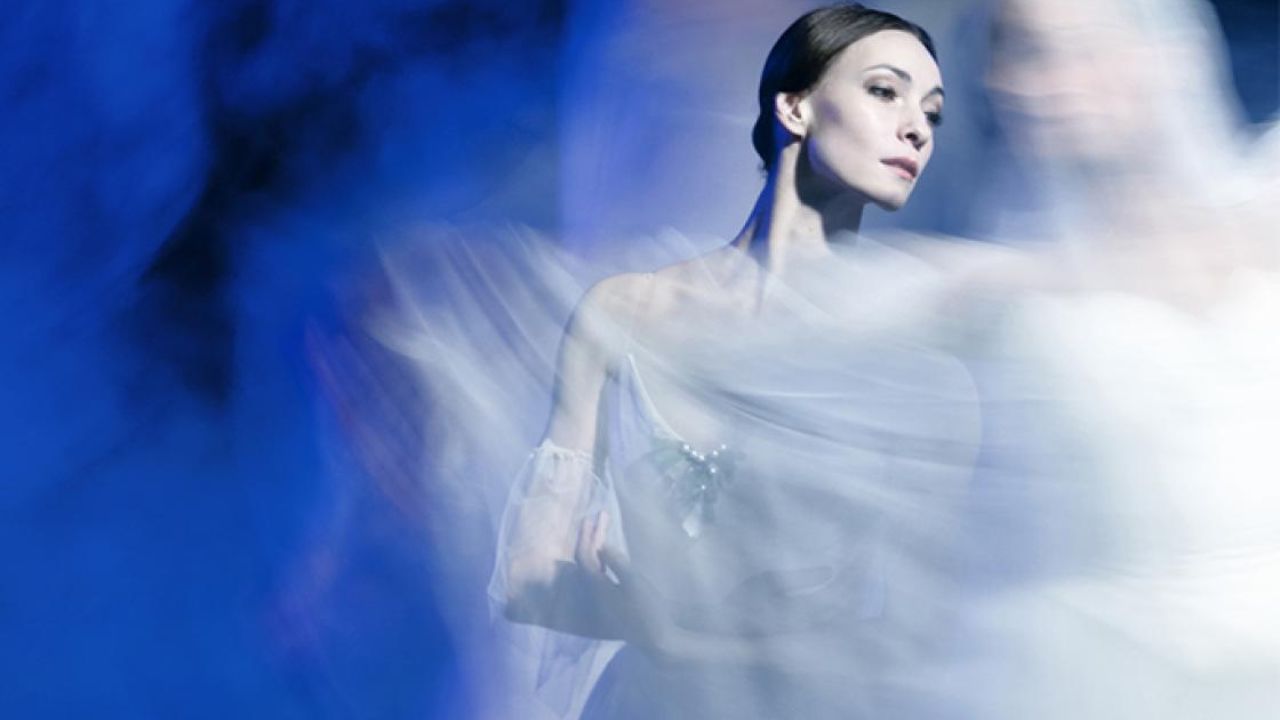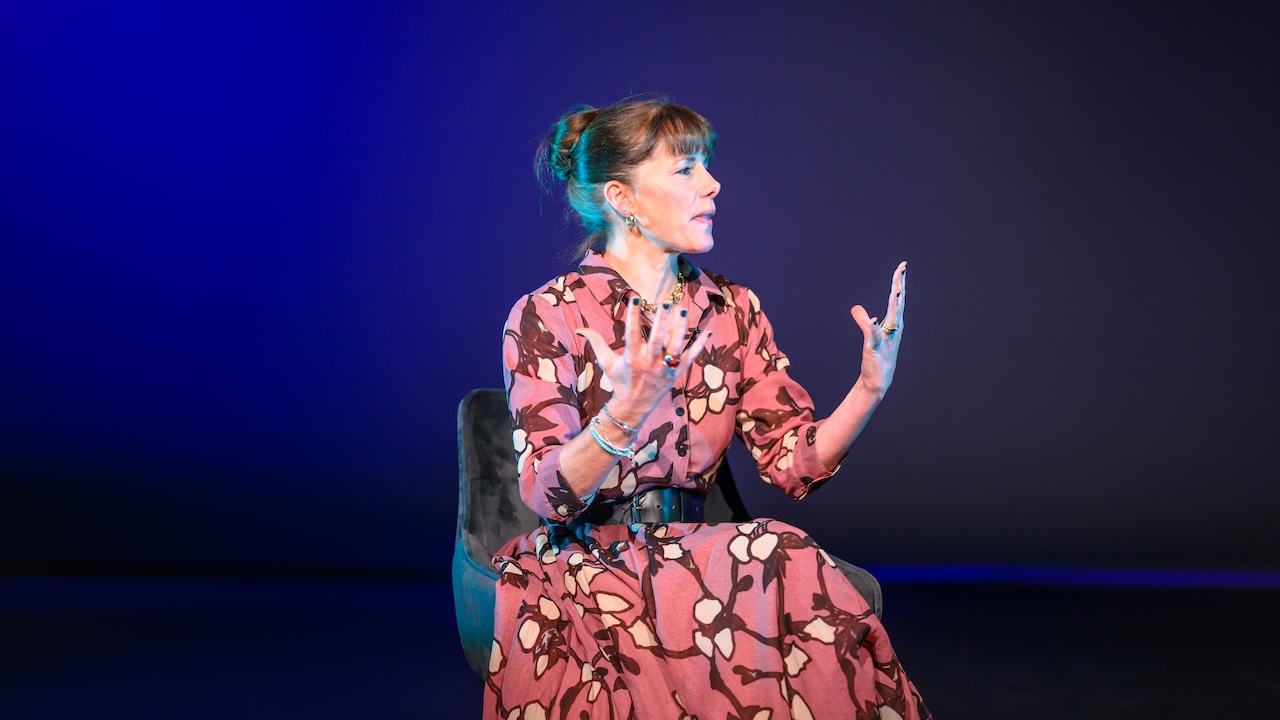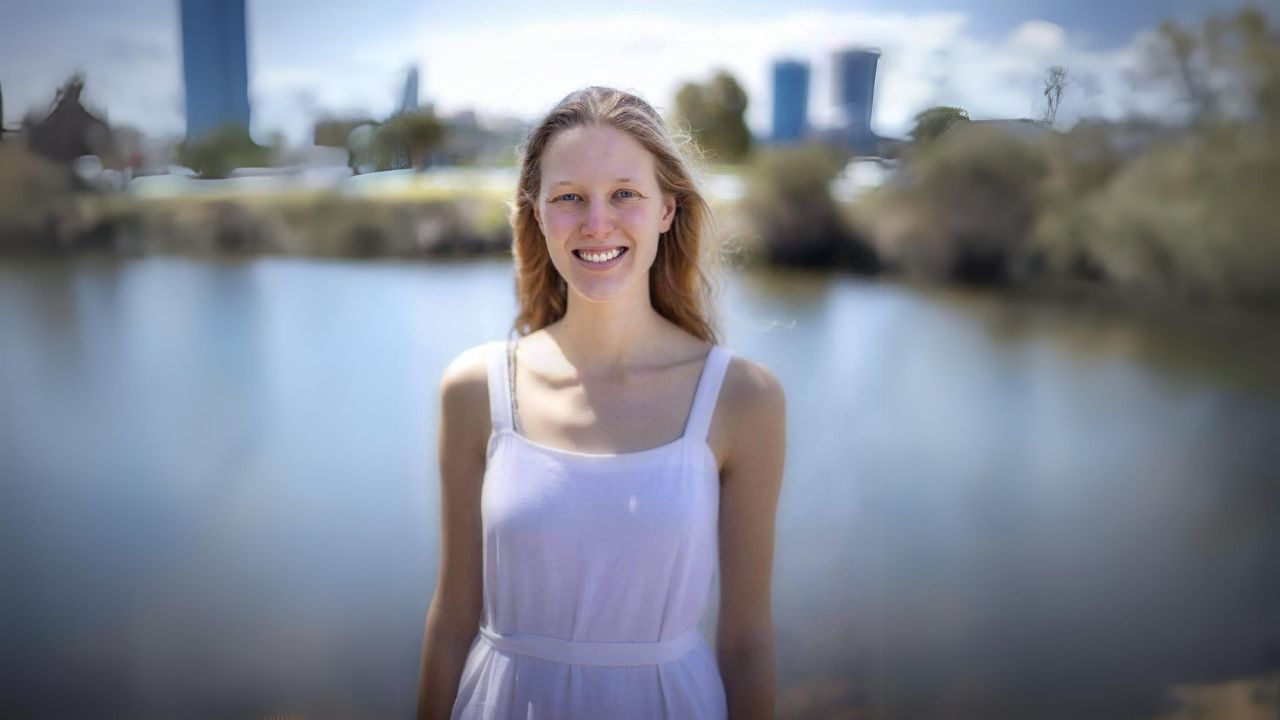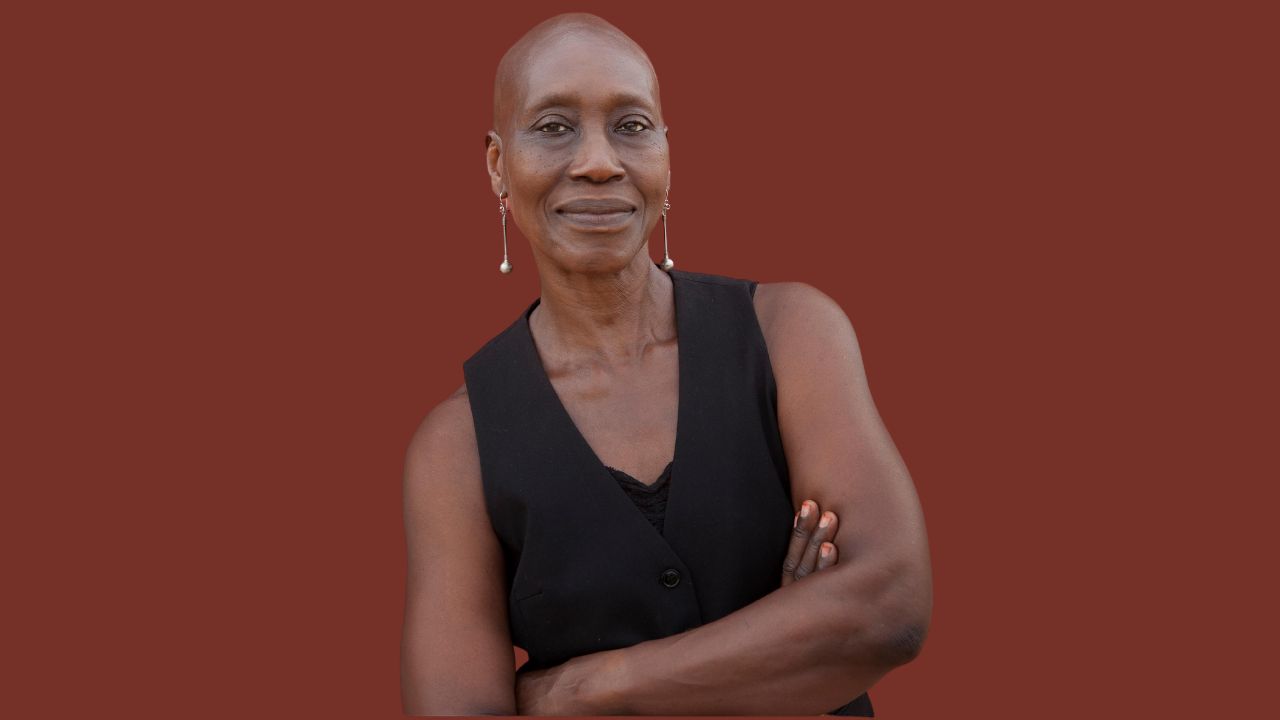When you dance, how do you hear the music? Do you feel the pulse, are you tied to the rhythms, or are you swept away on the melody?
At the semi-finals of the RAD’s annual Margot Fonteyn International Ballet Competition, I’m watching competitors perform their self-choreographed Dancer’s Own solos. One dancer seems to be really feeling the cello line in her music, changing the effect of her movement from smooth to staccato as the texture of the music changes; another fills out the phrases of a simple waltz, lost in the romantic mood of the score; a third dancer sharply hits every accent of the music with her steps, bang on the beat. What does musicality really mean for a dancer? And the all-important question: is it something elusive that you’re born with, or something you can learn?
Elsewhere in the RAD’s smart HQ next to the River Thames in London, other competitors are busy rehearsing. In one studio, choreographer Valentino Zucchetti is creating a large group dance to Mendelssohn’s Octet in E-flat major. It’s a busy, fast-moving piece, where dancers and music must be in precise unison. But down the corridor, choreographer and former Northern Ballet artistic director David Nixon is coaching soloists and explaining how musicality is so much more than that. ‘Most people think musicality is being on the beat, but that’s rhythm, not musicality,’ he says. ‘Musicality is phrasing. It’s how you work with the music, how you complement it. It’s the dynamics in between, how you create a texture in your movement with the music.’
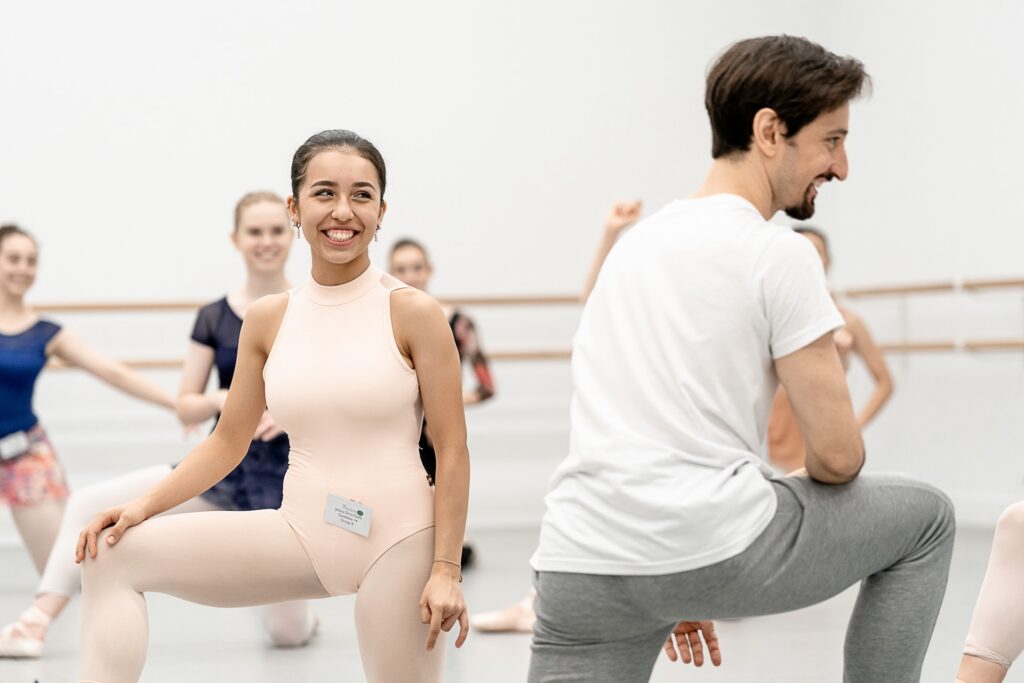
‘It’s being in the pocket of the music – you’re always listening’
Endalyn T Outlaw
Also coaching the Fonteyn semi-finalists is Endalyn T Outlaw, Dean of Dance at University of North Carolina School of the Arts. Thinking back to her days as a dancer, she calls musicality ‘being in the pocket of the music,’ explaining: ‘I wasn’t rushing it, I wasn’t sitting on top of it, I wasn’t behind it – it’s the ability to have a relationship with the music where you’re always listening,’ she says. ‘The nuances, the different instruments – you’re aware and responding to all those things.’ It’s when the music envelops you, Outlaw suggests, rather than being separate to you.
Musicality in practice can often be seen in the ebb and flow of a dancer’s movement (what’s called rubato in musical terminology): the way you might stretch out certain steps and speed up others to increase the expression, without losing sight of the overall structure of the music. The audience can sense this happening, even if they can’t exactly explain the mechanism. It’s like a game, says Nixon. ‘You’re playing with the music. You’re pulling back, going ahead, but finishing with the music. It’s will-they-won’t-they, and then: wow, they got there!’
Playing with musical timing doesn’t mean never being on the beat, especially in classical variations, says Nixon, where he coaches dancers to finish exactly in time with the end of the musical phrase. New York City Ballet’s Tiler Peck is an immensely musical dancer, known for her ability to effortlessly accelerate and decelerate her movement, but she’s spoken about the famous 32 fouettés in Swan Lake, where many dancers will add in extra turns to show off technique, completely losing the music’s pulse and the impact of that passage. There are always conscious choices to be made. ‘You can be on a note, before the note, at the end of the note, and all of that depends on the kind of step you’re doing.’ says Nixon.
Music is why so many of us come to dance in the first place, because we love moving to music, often before we’re old enough to put any sort of labels on what we’re doing. As we get older, and more trained, we can overthink. ‘The body inside wants to be musical, more than the brain, sometimes,’ says Nixon.
Outlaw talks of dancers who had a seemingly instinctive musicality in their dancing – Gelsey Kirkland, Alessandra Ferri, Virginia Johnson – but insists we all have the potential to be musical dancers. ‘I think we’re all born with this innate sense of connection to music,’ she says. ‘And sometimes we have to be careful not to unteach what may be natural to all of us.’ Instead, we can encourage dancers to be more aware of music. ‘Many times we think of the music as just the accompaniment, when it really can be an aid,’ she says. ‘It can give you more definition and clarity on how a step should be performed and executed.’

‘If you sing, you get the right tempo – both singers and dancers have to breathe’
David Nixon
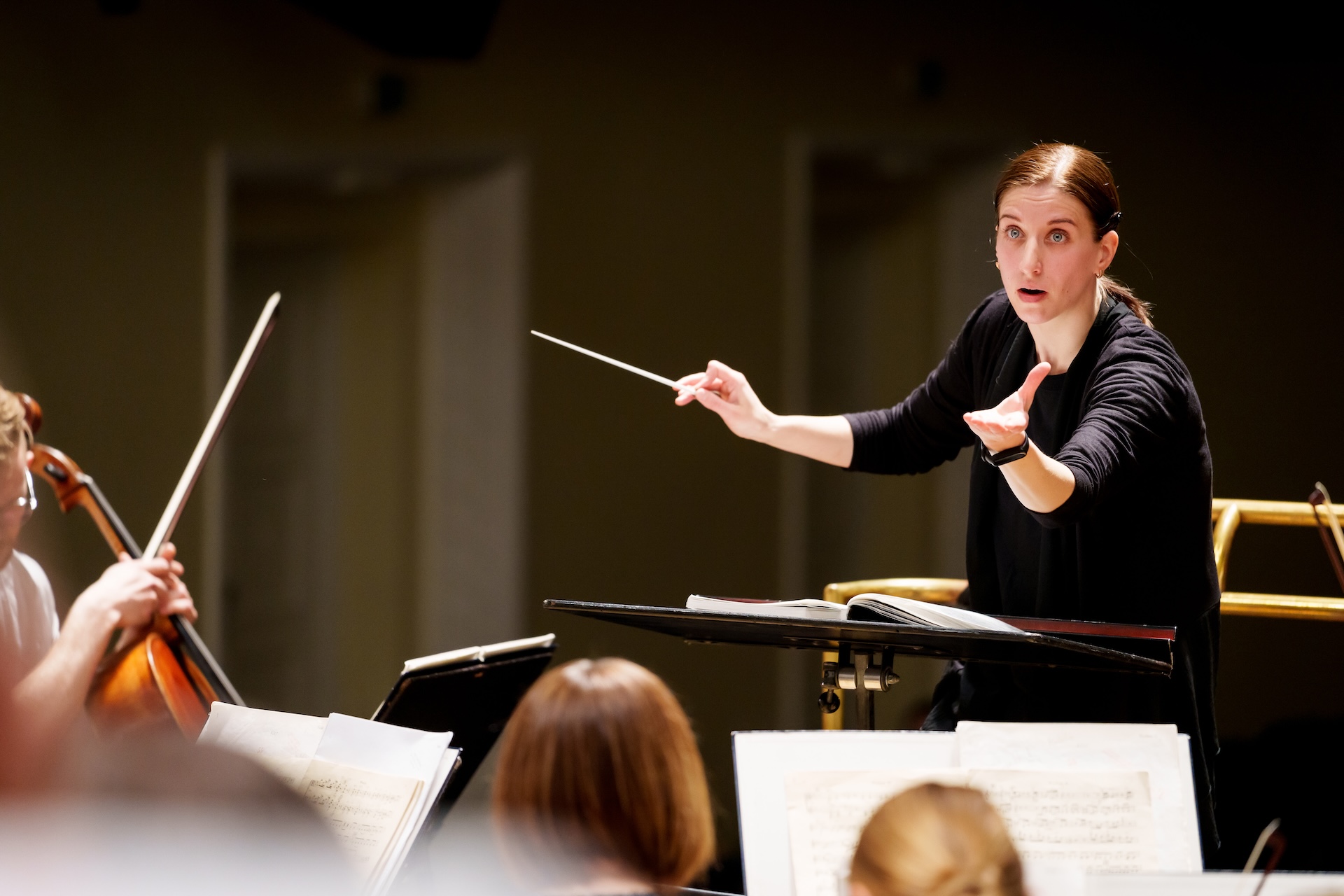
Amanda Britton, principal of the Rambert School, was on the judging panel at The Fonteyn. She believes ‘musicality and movement dynamics go hand in hand. How you interpret the music is to do with how you bring out those dynamics visually.’ For Britton, ‘dynamics’ doesn’t just mean loud or soft, as it does in music, but ‘a whole colour palette’: light and airy movement; an ‘impulse movement’ that starts quickly like an intake of breath then slows as if exhaling; or the kind of sharp impacts often used in hip hop, with sudden freezes, ‘which show the shape in space with great clarity.’
Those who play musical instruments may have an advantage in understanding the mechanics of music, but it’s not always a straight transfer of skills. English National Ballet’s new music director, Maria Seletskaja, is an Estonian conductor who started her training as a dancer, yet she laughs when she says, ‘I actually always had problems with ballet musicality, because I realise I was thinking like an orchestral musician: “this step needs to happen on this beat.”’ She needed to think like a soloist instead, pointing to the Royal Ballet’s Marianela Nuñez as an example. ‘She pulls back here and then runs [to catch up] and pulls again – that’s her musicality.’
Seletskaja encourages dancers to know their music from the inside by singing it. ‘Once they can sing it, they know how the music flows, the architecture of the music; it makes their dance better.’ Nixon agrees. ‘If you sing, you tend to get the right tempo, because both singers and dancers have to breathe,’ he says. ‘I can tell a dancer who doesn’t sing, because they’re not living the music, they’re “executing” to the music.’
Dancing to live music may be the best way to foster the relationship between dance and music, but not all of us have that luxury. Nixon suggests teachers using a bigger variety of recorded music in class, not always reaching for the same track for the same exercise, and trying a different feel – a tango instead of a march, something in a 3/4 time signature instead of 4/4.
If you are lucky enough to dance to live music, Seletskaja’s advice is ‘not to be afraid of musicians and conductors, and just to talk. There is often a barrier because dancers feel they don’t speak musical language and musicians feel that they don’t speak ballet language, so I always say, please just talk to me, and in some ways conduct me, show me.’

‘Find the gaps between the notes and see where you fit inside’
Valerie Ebuwa
In her contemporary dance training at a London conservatoire, dancer Valerie Ebuwa says musicality was rarely mentioned. Merce Cunningham, after all, rehearsed his dancers in silence, and divorcing dance from music was a significant landmark for the art form, insisting that dance was valuable in its own right, not only an embellishment to music. But I recently saw Ebuwa in a glorious meshing of dance and music with the company Clod Ensemble, dancing to a live performance of the Charles Mingus jazz album The Black Saint and the Sinner Lady. As a saxophone soloed, Ebuwa’s muscles flexed and contracted, melting into and giving chase to the sounds from the band. When I ask how she did it, she talks about being like water: ‘You have to be able to adapt, listen, mould yourself to whatever’s coming towards you.’ She talks about finding the gaps between the notes you hear, the off-beats, the syncopations, ‘and being able to see where you fit inside,’ as if you’re another instrument or vocalist in the band.
Ebuwa advocates exploring what feels good, and enjoying your body’s dialogue with the sound: ‘just being able to really feel a great piece of music and feel how that moves you and moves through your body.’ Don’t lose the joy of our fundamental connection to music, in other words. In some cultures, after all, there aren’t separate words for music and dance, the concept is one. ‘Dance is all about bringing the music to life in the body, isn’t it?’ says Britton. ‘Bring music to life!’
Lyndsey Winship is the Guardian dance critic and author of Being A Dancer.


